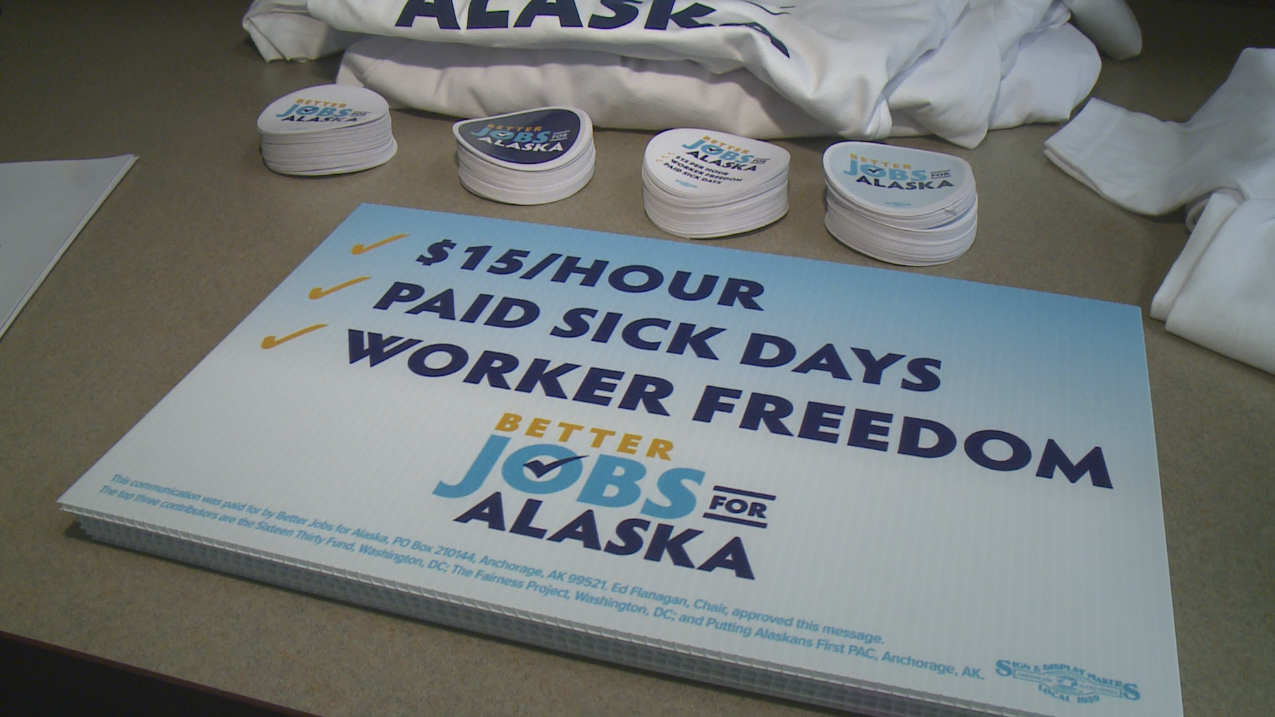Employers having to enact layoffs (without termination) or furloughs for their employees face the greatest potential for inadvertently triggering the “sledgehammer” penalty under the Affordable Care Act (ACA). Employers who officially terminate employees do NOT have a responsibility for continuing to offer individuals coverage, but employers furloughing or moving employees to an unpaid leave status may have a responsibility for offering coverage under the ACA Mandate. ACA requires Applicable Large Employers (ALE) to offer affordable, minimum value health coverage to their full-time employees or possibly pay a penalty.
Let’s Review the Affordable Care Act Definitions
An ALE is any company or organization which has an average of at least 50 full-time employees, including Full-Time Equivalent employees (FTE) for the year.
As defined by the IRS, There are two different methods for determining Full-Time Employee Status:
- The monthly measurement method – The employer determines if an employee is a full-time employee on a month-by-month basis by looking at whether the employee has at least 130 hours of service for each month.
- The look-back measurement method – The employer determines the status of an employee during a ‘stability period’, based upon the hours of service of the employee in the measurement period. This is often one year. If the employee was employed, on average, at least 30 hours of service per week during the measurement period, the ALE must treat the employee as a full-time employee for the stability period.
A Full-Time Equivalent employees (FTE) is any collection of two or more employees whose hours, when taken together, add up to a full-time workload of 30 hours a week. Two employees who each work 15 hours/week would represent one full-time equivalent, as would three 10-hour-a-week workers (3 x 10 = 30 hours = 1 FTE). This FTE calculation is only used for ALE determination and may be different for other regulations.
For each calendar month, add your full-time employees and full-time equivalent for a monthly total. Add the monthly totals. Divide the sum of the monthly totals by 12. If the result is 50 or more employees, the company is an ALE.
How does this relate to COVID-19?
The evolving COVID-19 pandemic has caused some confusion and uncertainty in applying the look-back measurement method during periods of layoff, furlough, and COVID-19 related periods of paid and unpaid leave to determine full-time employee status. Federal agencies have not issued any special guidance regarding the ACA’s employer shared responsibility rules and how it applies to the COVID-19 outbreak. As a result, the general rules for determining full-time employee status apply.
In general, under the look-back measurement method, full-time employee status in a stability period is based on hours of service in the prior applicable measurement period. This is the case regardless of whether the employee experiences a leave of absence or reduced hours of service during the measurement period or stability period. Normally, any changes in hours of service during a stability period will be captured in a subsequent measurement period, which may affect full-time employee status in a subsequent stability period.
The ACA defines ‘an hour of service’ as:
- Each hour for which an employee is paid, or entitled to payment, for the performance of duties for the employer, and
- Each hour for which an employee is paid, or entitled to payment by the employer, for a period during which no duties are performed due to paid and not worked, vacation, holiday, illness, incapacity (including disability), layoff, jury duty, military duty or leave of absence.
All periods of ‘paid leave’ must be considered. As of this publishing Families First Coronavirus Response Act (FFCRA) and the Coronavirus Aid, Relief, and Economic Security Act (CARES) paid sick time are considered non-worked service hours and must be included.
Special Unpaid Leave
If using the look-back method in determining full-time employee status, businesses must also look at Special Unpaid Leave. This is unpaid leave subject to the Family and Medical Leave Act (FMLA), the Uniformed Services Employment and Reemployment Rights Act (USERRA), or on account of jury duty. This guideline is for an employee returning from absence who would be treated as a continuing employee. Special Unpaid Leave is excluded from the measurement period when determining full-time status.
Rehired Employees and Employees Returning from Leave
If an employee goes at least 13 consecutive weeks without an hour of service and then earns an hour of service, they may be subject to a “break in service” and considered a new employee for purposes of determining their full-time status. Additionally, employers can treat an employee as new if they return from a break of 4 or more weeks without any credited service hours, given that break in service was longer than the employee’s actual service tenure prior to the break.
However, one important item to note is these rules only address how an employee can be treated under the ACA upon their return to work after the break in service. As noted previously, if an employer furloughs an employee without terminating them, their ACA status during the break in service will have already been determined based on the rules for measuring new or ongoing employees.
Summary
Knowing the proper service hours for each employee is vital to determine their full-time employee status and working hours for part-time employees to calculate FTE. All hours for which a full-time employee is paid including vacation, holiday, illness, incapacity (including disability), layoff, jury duty, military duty or leave of absence must be measured. To avoid any potential for exposure to the “sledgehammer” penalty under the ACA, employers should verify all ACA full-time employees are continually offered health coverage while the furlough or leave period is taking place. Employers failing to offer their ACA full-time employees minimum essential coverage may be subject to a $2,570 annual penalty for every ACA full-time employee, minus the first 30. Employers must document employee’s eligibility for tax purposes.
Does this sound complicated?
Let Time Equipment Company provide the ACA solution for you with Visual ACA. Visual ACA includes the following:
- Managing the look-back method of employee status determination
- Provide ongoing evaluation of full-time, part-time and variable hour employees
- Determining if your company is an Applicable Large Employer.
In addition, for a nominal fee, Visual ACA can prepare the company’s 1094-C and employee’s 1095-C documentation and submit them to the IRS.
For more information on Visual ACA, contact Time Equipment Company at (800) 997-8463 or sales@timeequipment.com.
*This document simplifies complex Acts as it is understood by Time Equipment Company. It is not to be taken as legal advice. The regulations for this program are changing. For further information about the Affordable Care Act (ACA) or how COVID-19 affects the ACA, please visit http://www.irs.gov.










